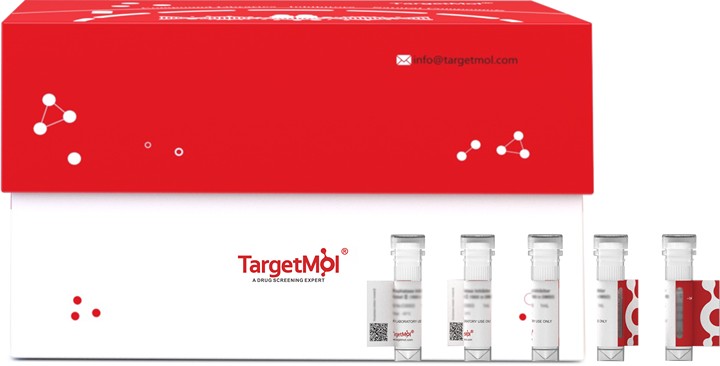Shopping Cart
Remove All Your shopping cart is currently empty
Your shopping cart is currently empty
CTLA-4 Protein, Mouse, Recombinant (mFc) is expressed in CHO Cells. The accession number is Q6GTR6.

| Pack Size | Price | USA Warehouse | Global Warehouse | Quantity |
|---|---|---|---|---|
| 5 μg | $30 | - | In Stock | |
| 10 μg | $40 | - | In Stock | |
| 20 μg | $61 | 7-10 days | 7-10 days | |
| 50 μg | $113 | - | In Stock | |
| 100 μg | $192 | 7-10 days | 7-10 days | |
| 200 μg | $333 | 7-10 days | 7-10 days | |
| 500 μg | $698 | 7-10 days | 7-10 days | |
| 1 mg | $1,230 | 7-10 days | 7-10 days |
| Biological Activity | Immobilized Mouse B7-1/CD80 Protein, His Tag at 2.0 μg/ml can bind CTLA-4, mFc, Mouse with EC 50 =12.57 ng/ml when detected by M6 Goat Anti Mouse FC. |
| Description | CTLA-4 Protein, Mouse, Recombinant (mFc) is expressed in CHO Cells. The accession number is Q6GTR6. |
| Species | Mouse |
| Expression System | CHO Cells |
| Tag | mFc |
| Accession Number | Q6GTR6 |
| Synonyms | CD152 |
| Construction | Ala37-Phe162 |
| Protein Purity | > 90% as determined by SDS-PAGE |
| Molecular Weight | ~54.3 kDa (Reducing conditions) |
| Endotoxin | < 1 EU/μg of protein as determined by the LAL method. |
| Formulation | Lyophilized from a 0.2 μm filtered solution in PBS. |
| Reconstitution | Reconstitute the lyophilized protein in sterile deionized water. The product concentration should not be less than 100 μg/ml. Before opening, centrifuge the tube to collect powder at the bottom. After adding the reconstitution buffer, avoid vortexing or pipetting for mixing. |
| Stability & Storage | Upon receiving, this product remains stable for up to 6 months at lower than -70°C. Upon reconstitution, the product should be stable for up to 1 week at 4°C or up to 3 months at -20°C. For long term storage it is recommended that a carrier protein (example 0.1% BSA) be added. Avoid repeated freeze-thaw cycles. |
| Shipping | In general, Lyophilized powders are shipping with blue ice. Solutions are shipping with dry ice. |
| Research Background | CTLA-4 (Cytotoxic T-Lymphocyte Antigen 4) is also known as CD152, is an Inhibitory receptor acting as a major negative regulator of T-cell responses. CTLA-4 is a member of the immunoglobulin superfamily, which is expressed on the surface of T cells and transmits an inhibitory signal to T cells. CTLA-4 and CD28 are homologous receptors expressed by both CD4+ and CD8+ T cells, which mediate opposing functions in T-cell activation. Both receptors share a pair of ligands expressed on the surface of antigen-presenting cells (APCs). The affinity of CTLA-4 for its natural B7 family ligands, CD80 and CD86, is considerably stronger than the affinity of their cognate stimulatory co-receptor CD28. |
| Size | Quantity | Unit Price | Amount | Operation |
|---|

Copyright © 2015-2025 TargetMol Chemicals Inc. All Rights Reserved.